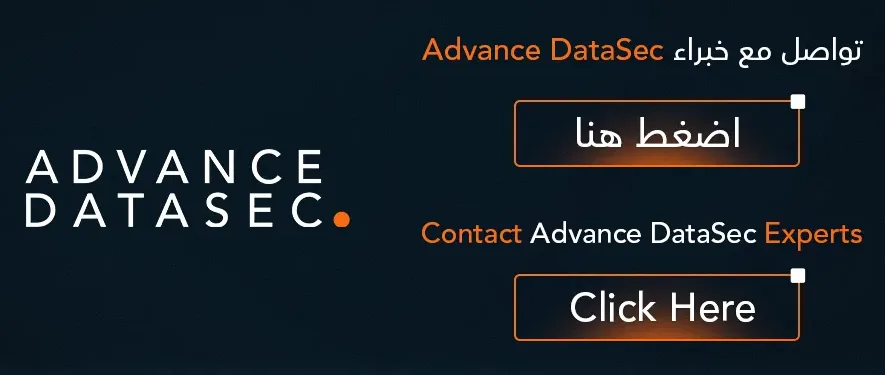The mass shift to remote work is more than a trend; it’s a fundamental restructuring of the modern workplace. While it offers unparalleled flexibility and access to global talent, it also dramatically expands the attack surface for cybercriminals. The home office is the new corporate frontier, often protected by a consumer-grade router and a hope for the best. This reality makes building a secure remote work environment not just an IT priority, but a critical business imperative.
This comprehensive guide will walk you through the essential steps to fortify your distributed workforce against evolving cyber threats. We’ll explore practical strategies, from foundational best practices to advanced security architectures, ensuring your company’s data remains protected no matter where your team logs in.
Why is Remote Work Security So Challenging?
Before diving into the solutions, it’s crucial to understand the unique vulnerabilities of a remote setup:
- Unsecured Networks: Employees often use personal Wi-Fi networks, which may lack strong passwords and use outdated encryption, making them easy targets for eavesdropping.
- Blurred Lines Between Personal and Professional Use: The same laptop used for work might also be used for personal browsing, gaming, or by other family members, increasing the risk of malware infection.
- Lack of Physical Security: Company devices are now in homes, coffee shops, and co-working spaces, where they are vulnerable to theft or unauthorized access.
- Reduced Visibility for IT Teams: IT departments cannot directly monitor or manage devices on remote networks, making it harder to detect and respond to threats in real-time.
- Increased Phishing Susceptibility: Isolated from direct contact with colleagues, employees may be more likely to fall for sophisticated phishing emails impersonating IT support or company leadership.
Understanding these challenges is the first step toward mitigating them. A proactive, layered security approach is the only way to create a truly resilient and secure remote work environment.
Pillars of a Secure Remote Work Environment: A Multi-Layered Strategy
Securing a distributed workforce requires a defense-in-depth strategy. Here are the core pillars every organization must implement.
1. Fortify Access with Strong Authentication
The password is no longer king. The first and most critical layer of defense is ensuring that only authorized users can access company resources.
- Multi-Factor Authentication (MFA): This is non-negotiable. MFA requires users to provide two or more verification factors to gain access. Even if a password is compromised, a cybercriminal cannot bypass the second factor (like a code from an authenticator app or a biometric scan).
- Virtual Private Network (VPN): A VPN encrypts all data traffic between an employee’s device and the company network, shielding it from prying eyes on public or home networks. Ensure your VPN is properly configured and regularly updated to patch vulnerabilities.
- Zero Trust Network Access (ZTNA): Moving beyond traditional VPNs, the Zero Trust model operates on the principle of “never trust, always verify.” ZTNA grants users access only to the specific applications they need, not the entire network, significantly reducing the attack surface.
2. Secure the Endpoints: Devices Matter
Every laptop, smartphone, or tablet is a potential entry point.
- Endpoint Detection and Response (EDR): Go beyond traditional antivirus. EDR solutions continuously monitor endpoints for malicious activity, provide deep visibility into threats, and enable rapid response and containment.
- Enforced Device Encryption: Mandate full-disk encryption (e.g., BitLocker for Windows, FileVault for Mac) on all company devices. This ensures that if a device is lost or stolen, the data on it remains inaccessible.
- Patch Management: Implement a strict policy for automatic software and operating system updates. Unpatched software is one of the most common vectors for cyberattacks.
3. Empower Your Human Firewall: Security Awareness Training
Your employees are your first line of defense, but they can also be your weakest link if not properly trained.
- Regular, Engaging Training: Move beyond annual, checkbox compliance videos. Use engaging, simulated phishing campaigns and ongoing training to teach employees how to identify suspicious emails, links, and attachments.
- Clear Security Policies: Establish and communicate clear remote work security policies. This should cover acceptable use of devices, password requirements, and procedures for reporting suspected security incidents.
4. Protect Data Where It Lives and Moves
Data is the ultimate target. You must protect it both at rest and in transit.
- Cloud Security: With the reliance on SaaS applications (like Microsoft 365, Google Workspace), ensure cloud configurations are secure. Enable logging and monitoring, and use Cloud Access Security Brokers (CASB) to enforce security policies for cloud app usage.
- Data Loss Prevention (DLP): Implement DLP tools to prevent sensitive data from being accidentally or maliciously exfiltrated. This can block actions like unauthorized emailing of customer lists or uploading confidential files to personal cloud storage.
Building a Culture of Security: Beyond Technology
Technology alone is insufficient. A resilient secure remote work environment is built on a foundation of shared responsibility.
- Leadership Buy-In: Security must be championed from the top down. When leadership prioritizes and discusses cybersecurity, it signals its importance to the entire organization.
- Open Communication: Foster an environment where employees feel comfortable reporting mistakes—like clicking a phishing link—without fear of reprimand. This allows IT to respond faster and mitigate damage.
Conclusion: Your Next Step Towards Unbreachable Security
The transition to remote work doesn’t have to mean a compromise on security. By implementing a layered strategy that combines robust technology—like MFA, EDR, and ZTNA—with continuous employee education and strong policies, you can build a modern, flexible, and fiercely protected organization.
However, navigating this complex landscape can be daunting. You need a partner who can assess your unique vulnerabilities, implement the right solutions, and provide ongoing vigilance.
Are you confident your remote work security strategy is enough to stop today’s sophisticated threats?
At Advance Data Security, we specialize in crafting tailored cybersecurity frameworks that empower businesses to thrive in a remote-first world. Our experts can conduct a comprehensive vulnerability assessment, implement enterprise-grade security controls, and provide managed security services for 24/7 peace of mind.
Don’t leave your remote workforce exposed. Contact Advance Data Security today for a free consultation and let us help you build an ironclad defense.
For more articles:



